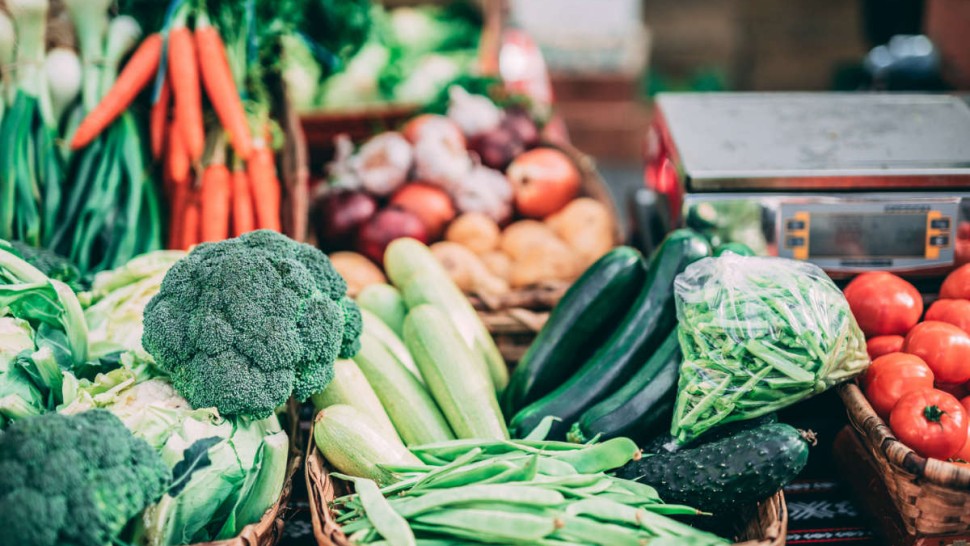How fiber can help with weight loss and obesity
Obesity and weight gain are major health concerns worldwide. According to the World Health Organization, worldwide obesity rates have tripled since 1975, and in 2016, more than 1.9 billion adults were overweight, with 650 million of them being obese.
Obesity is linked to various health problems, including cardiovascular disease, type 2 diabetes, and cancer [1]. Thus, effective weight management strategies are essential for promoting overall health and preventing chronic diseases.
One strategy that has gained attention in recent years is increasing fiber intake. Dietary fiber is a complex carbohydrate that is not digestible by the human body. It can be found in plant-based foods such as fruits, vegetables, whole grains, legumes, and nuts [2].
There are two types of fiber: soluble and insoluble. Soluble fiber dissolves in water and forms a gel-like substance in the gut, which slows down digestion and absorption of nutrients. Insoluble fiber adds bulk to stool, helping to promote regular bowel movements [3].
Fiber has numerous health benefits, including weight management. Several studies have demonstrated that increasing fiber intake can help with weight loss and prevent weight gain. High-fiber diets have been shown to improve satiety and reduce hunger, leading to reduced food intake and weight loss [4]. In addition, fiber-rich foods tend to be lower in calories and higher in nutrients, which can also contribute to weight loss [5].
Increasing fiber intake can also lead to other health benefits, such as improved gut health and reduced risk of chronic diseases such as heart disease, type 2 diabetes, and cancer [6]. Moreover, fiber is a crucial component of a healthy diet that can be easily incorporated into meals and snacks [2].
This article aims to explore the relationship between fiber and weight management, the health benefits of fiber, and strategies for increasing fiber intake. By understanding the role of fiber in weight loss and overall health, readers can make informed dietary choices that promote weight management and reduce the risk of chronic diseases.

